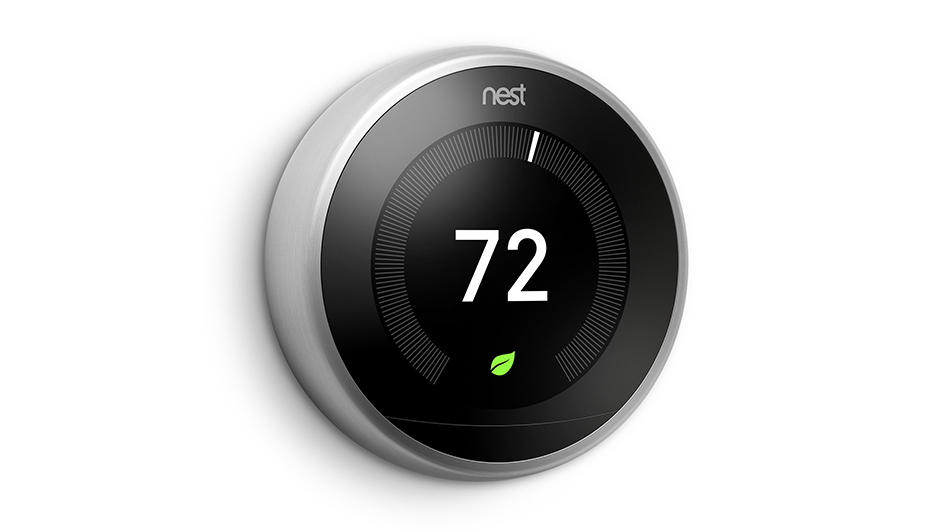
The Nest thermostat is one of the top-selling smart thermostats you can buy. And for good reason. It figures out your temperature preferences and develops an energy-efficient schedule to match. And using geofencing with your phone, the Nest Learning Thermostat and Nest E are aware of when you’re at your home or gone and can raise and lower temps to help you save even more.
The Nest can be used with a vast range of 24-volt heating and cooling systems, but it’s always a good idea to check the Nest thermostat compatibility checker before purchasing one. Don’t forget to talk with your energy company for valuable rebates, because you could be able to get a Nest for free or close to it.
Once you’ve confirmed it’s compatible, you can either wire it on your own or contact a HVAC specialist like McFadden Heating & Cooling. If you’re wiring it on your own, you’ll notice a terminal for the C-wire, or common wire. This wire is solely used for powering your thermostat. If your house or HVAC system is older, you might not have one of these wires. In the majority of cases, Nest says this isn’t an issue since the thermostat can draw enough power from other heating and cooling wires.
Sometimes, your heating and cooling system could have to have that C-wire. And here’s why.
Why Your Nest Keeps Losing Power and Other Malfunctions
The Google Nest Thermostat is better than outdated programmable thermostats that use a combination of wiring and AA batteries for power. It has a rechargeable lithium-ion battery and wiring to link to Wi-Fi, power its digital display and run your heating and cooling system.
8 Common Nest Thermostat Malfunctions
If it can’t receive enough juice, Nest says you may run into some of these problems:
- Short battery life.
- Thermostat motion sensing won’t operate.
- Your thermostat occasionally disconnects from Wi-Fi.
- Your system unexpectedly turns on or off, or won’t turn off.
- Your system is making strange noises, like chattering, stuttering, clicking or thumping.
- Heating or cooling is short cycling, or repeatedly turning on and off in a short period of time.
- There is a delay message on your Nest thermostat’s screen, along the lines of “heating is delayed for 2:30 minutes.”
- The system fan is constantly working, won’t switch on or turns off and on frequently in a short period of time.
You could believe something is up with your heating and cooling system, but if you just got the Nest, we advise you check your thermostat right away. This is especially true if the weather is mild, and you haven’t been running your heat or air conditioning frequently.
Our Professionals Can Solve Nest Thermostat Problems
If you’ve gone through Nest thermostat troubleshooting on your own but can’t repair the problem, a smart thermostat specialist including one from McFadden Heating & Cooling can support you. We can identify the malfunction and put in a C-wire, if required.
Smart thermostats such as the Nest are made to make your life simpler, by automatic energy-efficient programming and the ability to monitor temperatures while you’re on the go. It’s a frustrating experience when yours won’t work correctly, but our heating and cooling specialists at McFadden Heating & Cooling can take care of the issue fast.
If you’re running into weird heating and cooling behavior with your new Nest, reach out to us at 519-683-2339 to book your appointment today.




